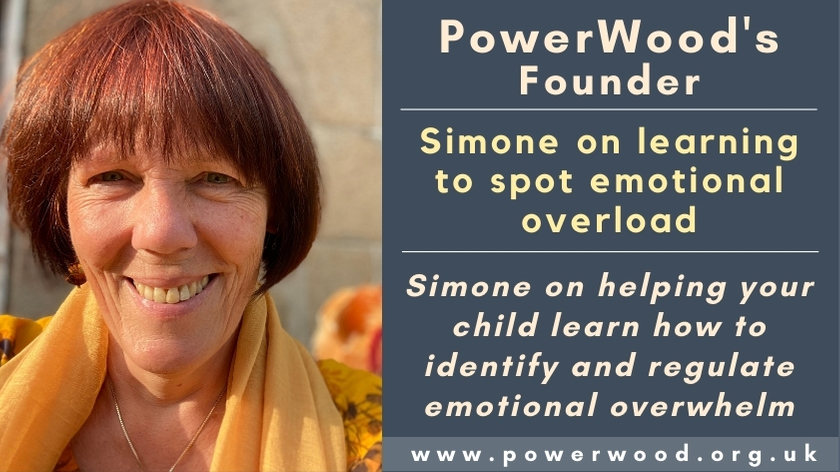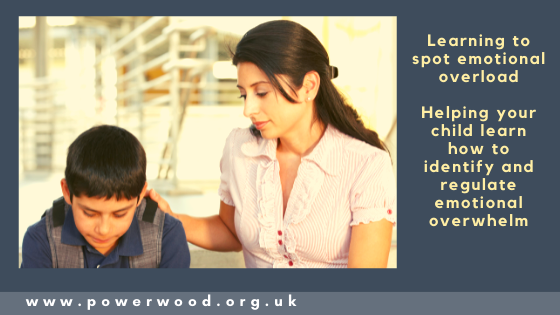
Learning to learn – PART 2
Including the ‘The Challenge Experiment’ one of the strategic tools within the Multilevel Emotion Regulation Theory (MERT) developed by Simone de Hoogh with a with a your own printable version of the Worksheet.
In my previous blog When the going gets tough – helping bright kids overcome fear of imperfection/failing Learning to learn – PART 1 I discussed the reasons behind our children’s resistance to learning or stepping outside of their comfort zone.
In this Learning to learn – PART 2 blog I will guide you step by step though e.g. how to support your bright child to get over their emotional resistance towards their homework, or if you are home educating, getting your child to step outside their comfort zone.
If our child, for example, refuses to do her or his homework, revise for exams or practise playing his or her instrument, or refuses to learn a new skill, or it takes a lot of time but there is no progress, our child is telling us they feel overwhelmed by the task at hand for emotional reasons and they need our guidance to get through those uncomfortable feelings. This blog will help you to enable them to be aware, and empower them to apply tools and strategies to stay on task by being in charge of their own emotional reactions.
Step 1. Change focus from the outcome to the process
First of all we have to take any tension out of the equation as that will trigger the child even further. That can mean tension in us, in the child, in the outcome etc.
We do this by changing our focus on what was challenging to us, e.g. the child refusing to do her/his homework, towards the focus on how we can use this situation, homework refusal, to help our children.
Homework
For example if our child refuses to do homework, it is not about the homework anymore, doing homework is no longer the outcome we want to achieve, it is about using this situation to help the child to develop the necessary skills to deal with the emotions that are triggered by having to do the homework.
Now our focus goes from whatever the issue is to helping our child to learn to feel comfortable with feeling uncomfortable when feeling challenged.
Getting comfortable method
This method will allow us to talk rationally, preventing further triggering of unnecessary emotions. It will help our child to collect ways that help him or her to calm when feeling uncomfortable and prevent them shooting into a stress-response.
Try to approach it academically so you don’t trigger your own, nor your child’s emotional upset.
The more often children experience it is safe to talk about emotional stuff with mum, dad or a carer – i.e. because their upset doesn’t trigger the adults – the easier it will become for the child to share their emotions.
Before starting the experiment we might want to ask: “Is there anything that you know already that would make it easier for you to start with the homework (or whatever issue that has to be addressed)?” Most often they have no idea, and that gives us the chance to come up with the ‘experiment’. If they do have ideas, we add them to the list, and keep on asking regularly if they have thought of something new because ideas often come later. We need to pay attention to anything we see or think might work for our child.
We tell our child: “We are going to do a scientific experiment. We aren’t going to do the homework now, we are just going to explore how homework affects you and understand how it works.”
You can ask: “What is the emotion that pops up when I say ‘You have to start doing your homework right now’.” Your child might say something like stressed, tired, bored, angry or irritated or whatever. Now you can use the Emometer.
EmoMeter versions
There is a colouring child version EmoMeter, and this is the teen/ young adult version of the EmoMeter. There is also the EmoMeter for in between.
The one for children is more simple and inviting, and you can make a craft project of it. Trust your instinct on which one feels best:)!

Step 2. How to use the EmoMeter
We say: “On a scale of 0-10, 0 meaning a complete lack of feelings of ….. (whatever emotion the child or teen mentioned) and 10 being the worst …. you have ever been, where are you now?”
Any number 5 or above indicates the child is triggered in a stress response, meaning they can’t think straight, have lost compassion for themselves and others, and are trying to get out of the situation. If that is the case, focus purely on getting their stress response down.
E.g. if the child says 6, we let them write it down on the EmoMeter and we say: “Now we are going to try out different things,and we are going to note down if they work for you or not, as that it’s different for everyone.”
If we use the extensive versions in the column ‘How do you specifically notice’ the child/teen writes down how he/she notices anything different when he or she feels the specific emotion that this EmoMeter is about (perspective from the experiencer). That can be e.g. ‘heart started beating faster, I started crying, feeling grumpy, wanting to kick or hit, shout, feel overwhelmed etc’.
In the column ‘How do others specifically notice’ we might have to help your child or teen to look from other people’s perspective at him or herself and come up with suggestions based on what we observed when he or she was experiencing that feeling e.g. I seem rude, I am withdrawn, I’m snappy, I can’t sit still, I’m yawning etc.
Step 3. Make it a real experiment
This is where we try out activities that might help the child or teenager shift from the state they are in. Below is an example form to fill in as an experiment to see what works. We stay next to the child and count with them the number of activities or monitor the time, see ourselves as the coach in charge of the process. E.g. if our child tries out the first activity: running up and down the stairs we stay next to the child and we cheer them on.
| ActivityDescription | Number of minutes or how often | Difference in points on the Emometer | Notes |
| Running up and down the stairs | 5X | -2 | |
| Jumping on the Trampoline | 10X | -3 | Was laughing at what she saw in the garden next door, so might be that |
| Snow-angel on the floor | 10X | +3 | Got irritated by the carpet, stopped after 2X still got more ….. (whatever the child or teen mentioned) |
| Dance | 3 min | -2 | |
| 4-7-8 | 1X | -1 | |
| PowerPoses (standing) | 3X | -3 | He loved this, jumping up and down when doing and didn’t want to stop |
| Cuddle with mum | 3 min | -2 | |
| Cuddle with the cat | 3 min | -1 | |
| Cuddle with the dog | 3 min | -2 | |
| Laugh really loud | 2 min | -1 | |
| Read one page in comic book | 1X | +1 | Didn’t want to stop reading…and got more ….. (whatever emotion the child or teen mentioned) when he had to |
| Sing a song | 2 minutes | -2 | He was moving his arms all the time |
| etc |
Here you can find your own printable version: Worksheet Challenge Experiment
After each activity to diffuse tension we score it by asking where our child/teen is on the scale of ….. (whatever the child or teen mentioned). And do the task at hand again, and when it works you step up to the next challenge.
Increasing challenges
These are challenges we can work through together with our child (every step is a little bit more emotion triggering) as an example we take ‘homework’, but it can be anything:
- We say: ‘Think about the homework you have to do’ when it has to be finished next week
- Then: ‘Think about the homework you have to do’ when it has to be finished tomorrow
- And: ‘You have to start doing your homework right now’ (in the room where he/she never does the homework)
- Or: ‘You have to start doing your homework right now’ (in the room where he/she always does the homework)
- Saying: ‘Now sit on the table and open your math book’ etc.
Going through those increasing challenges offers the child or teen the opportunity to slowly and safely develop emotion regulation skills (and how to desensitise).
It can be a very empowering exercise, because they will develop an awareness of their toolbox and feel they can define themselves in how emotionally they react to challenges, and it will enable them to use the toolbox in other situations e.g. outside the home, in school and during exams etc.
School
You might want to have a chat with the school teacher to explain why the homework might not be done for a while!
© 2021 Simone de Hoogh, senior consultant and founder of PowerWood.
Help us to continue support to all neurodiverse families and individuals
PowerWood offers to neurodiverse families understanding, simple tools and strategies that enable us to support ourselves and our children through emotional overwhelm. If you enjoy reading the articles please support PowerWood making all information available to all by becoming a PowerWood Community FreeBee or Friend member. Thank YOU!

